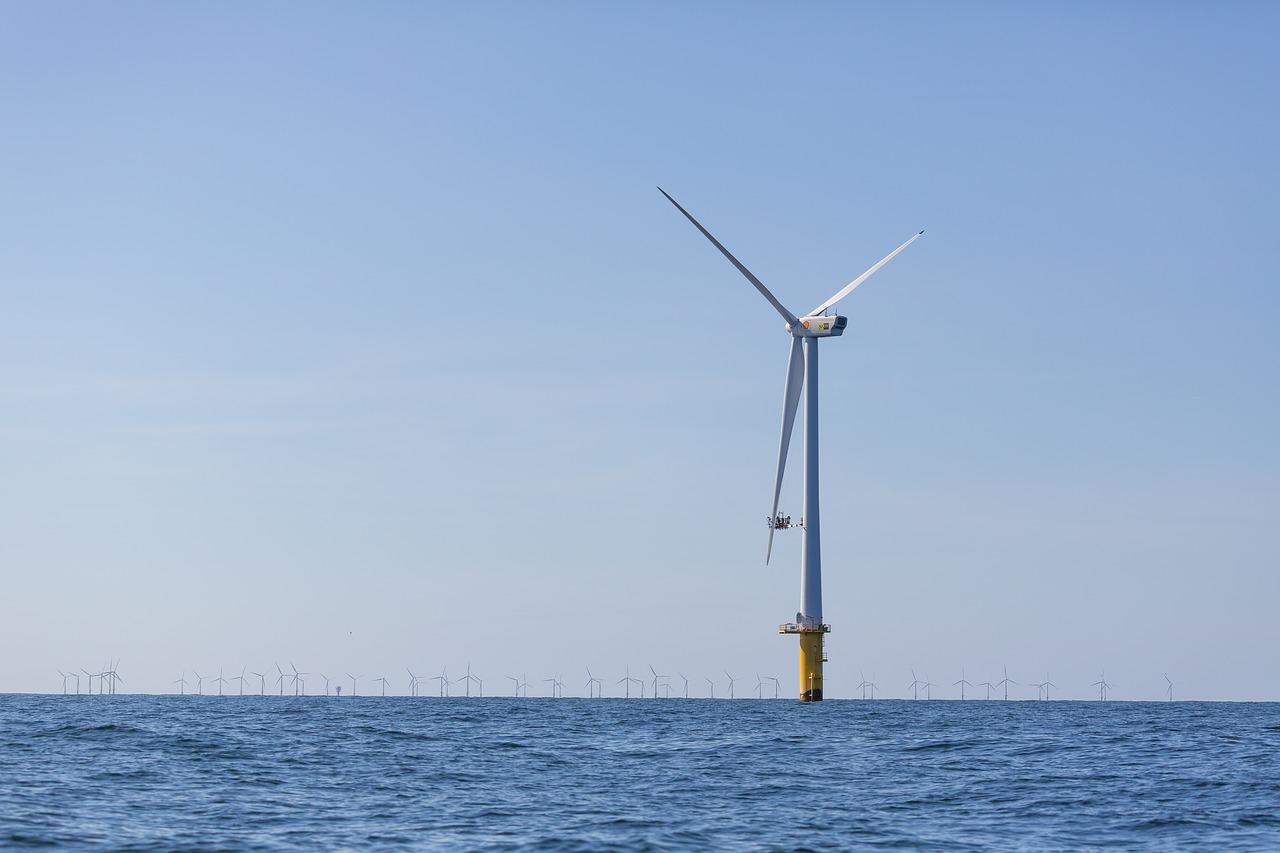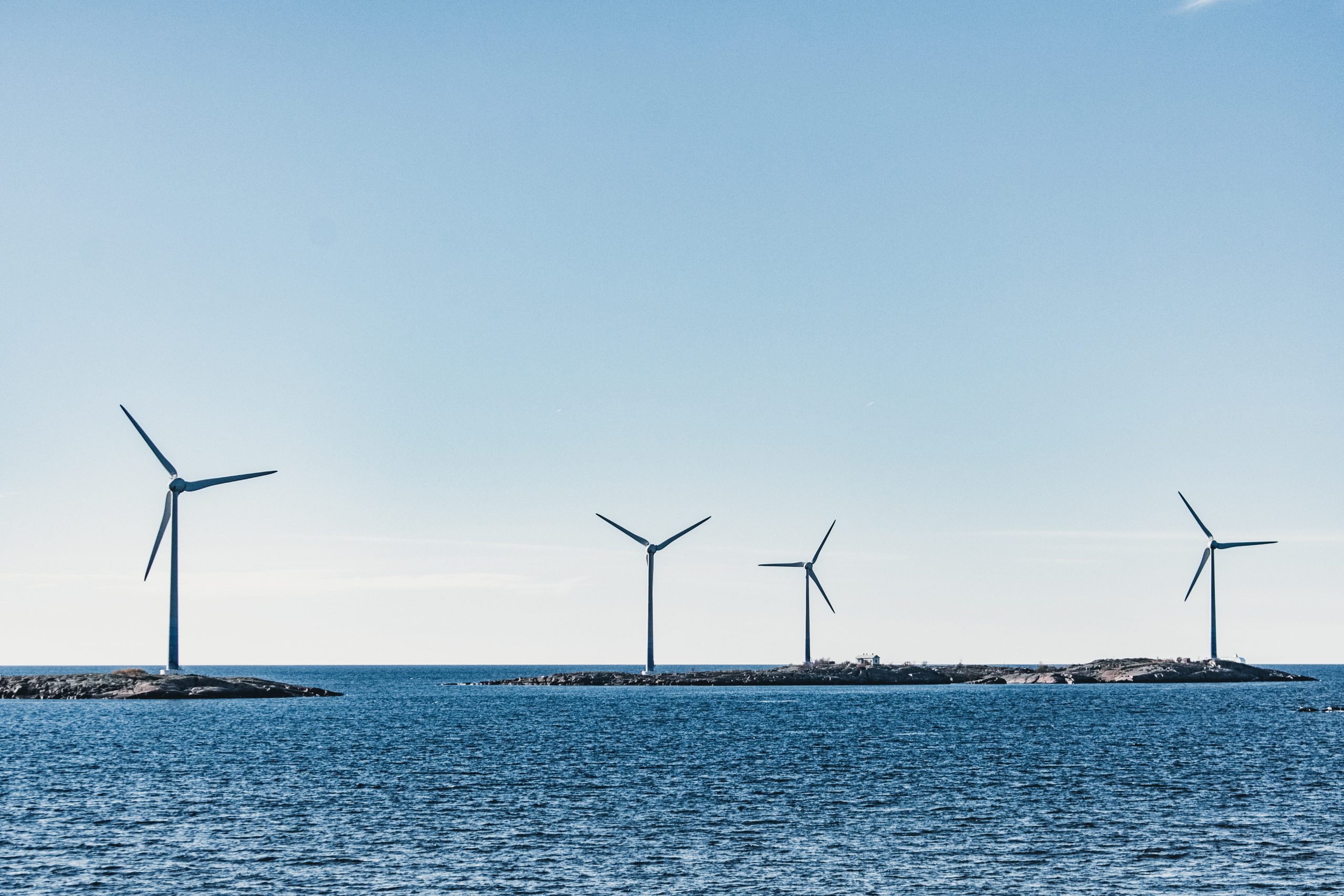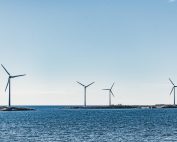The Estonian Consumer Protection and Technical Regulatory Authority (TTJA) has announced that it will start the procedure of analyzing applications for construction permits for 20 offshore wind farms. On May 12, the Estonian government passed the Estonian Maritime Spatial Plan, which gives TTJA the opportunity to carry out procedures for offshore wind that have been pending until now.
As TTJA explains, on May 7, an amendment to the Building Code went into effect regarding the issuance of permits for construction of structures in public water areas. Previously, this part was regulated by the Water Act. The TTJA has the authority to issue permits for construction of structures that are permanently connected to the bottom of a body of water and that are not permanently connected to the shore. Examples of such structures are offshore wind farms, fish ponds, but also submarine cables and pipelines.
At present, TTJA and the Government of Estonia have already initiated permit proceedings for the construction of 4 offshore wind farms and 1 single wind turbine. In addition, as of May 12, the TTJA had received 20 applications for offshore wind farms that are pending adoption of maritime spatial plans. Now that the plan is complete, TTJA can begin application procedures.
The procedure for obtaining a building permit is a two-step process. The first step in the process is to determine if there are grounds for denial of a building permit and to identify other applicants who are interested in using the site. The first stage of the procedure ends with the issuance of a decision to initiate or refuse to initiate proceedings for the issuance of a building permit. In the case of several competing applicants, the applicant for which the procedure is to be initiated is first identified through a comparative evaluation of the proposals, and if the bidders are equal, an auction is held.
In the second step of the procedure, an environmental assessment is conducted to determine the size and scope of the desired construction activity. This stage of the procedure ends with the issuance or denial of a building permit.
New regulations
The amendment to the Building Code made many changes to the regulations. Conditions were added to apply for a state-initiated building permit, and more flexible criteria for evaluating competing building permit applications were introduced.
The deadline to apply for a competitive building permit is 60 days instead of the current 20 days. The conditions for the sale of competing building permit applications by auction have been clarified.
The Building Code sets forth the principle of building structure safety, according to which a building structure must not pose a threat not only to people, property and the environment, but also to national security and national defense facilities. In addition, the Code designates the TTJA as the authority having jurisdiction over the safety of wind turbines and wind farms, something that was not previously so clearly defined, the TTJA website reads.













